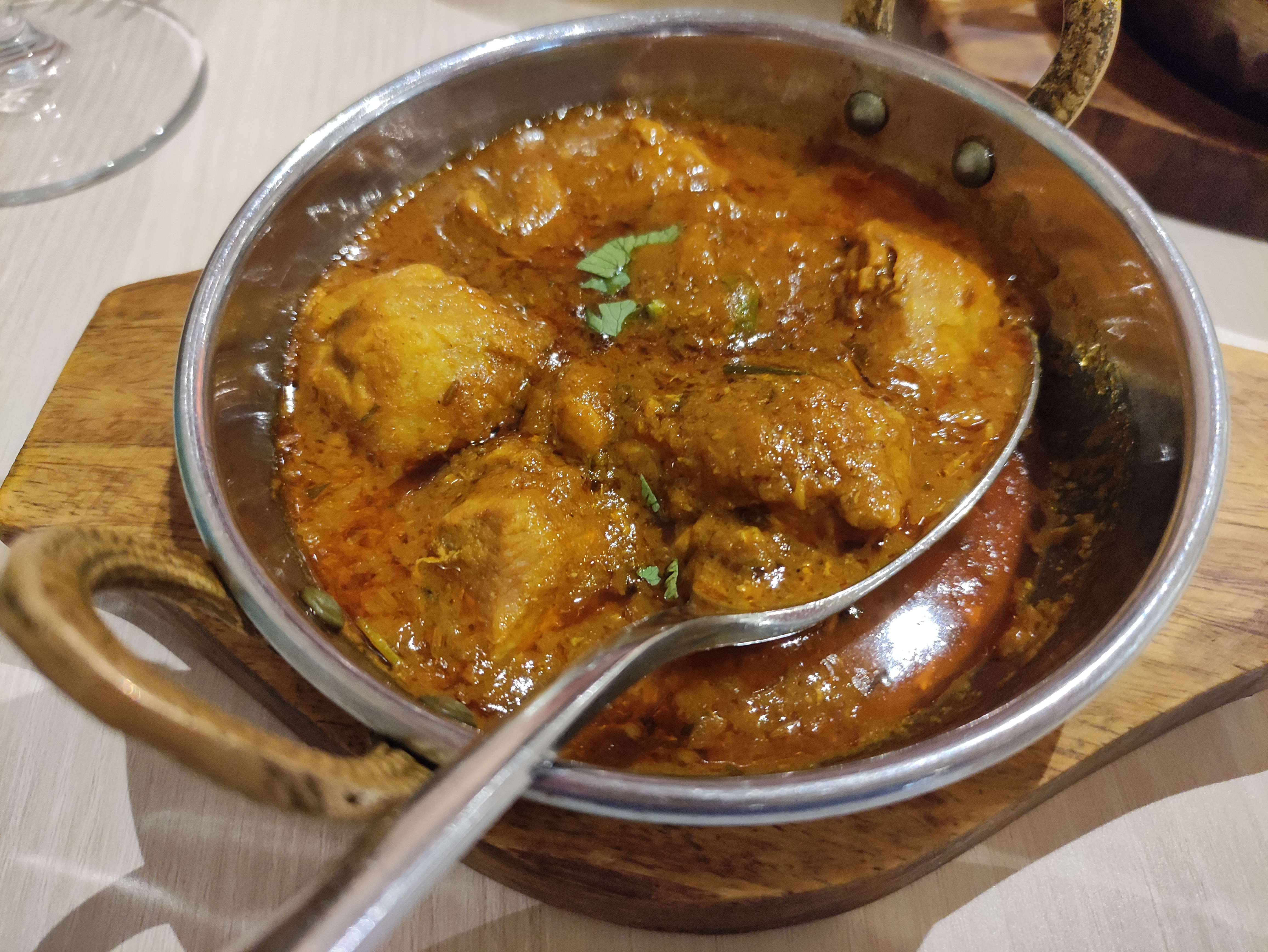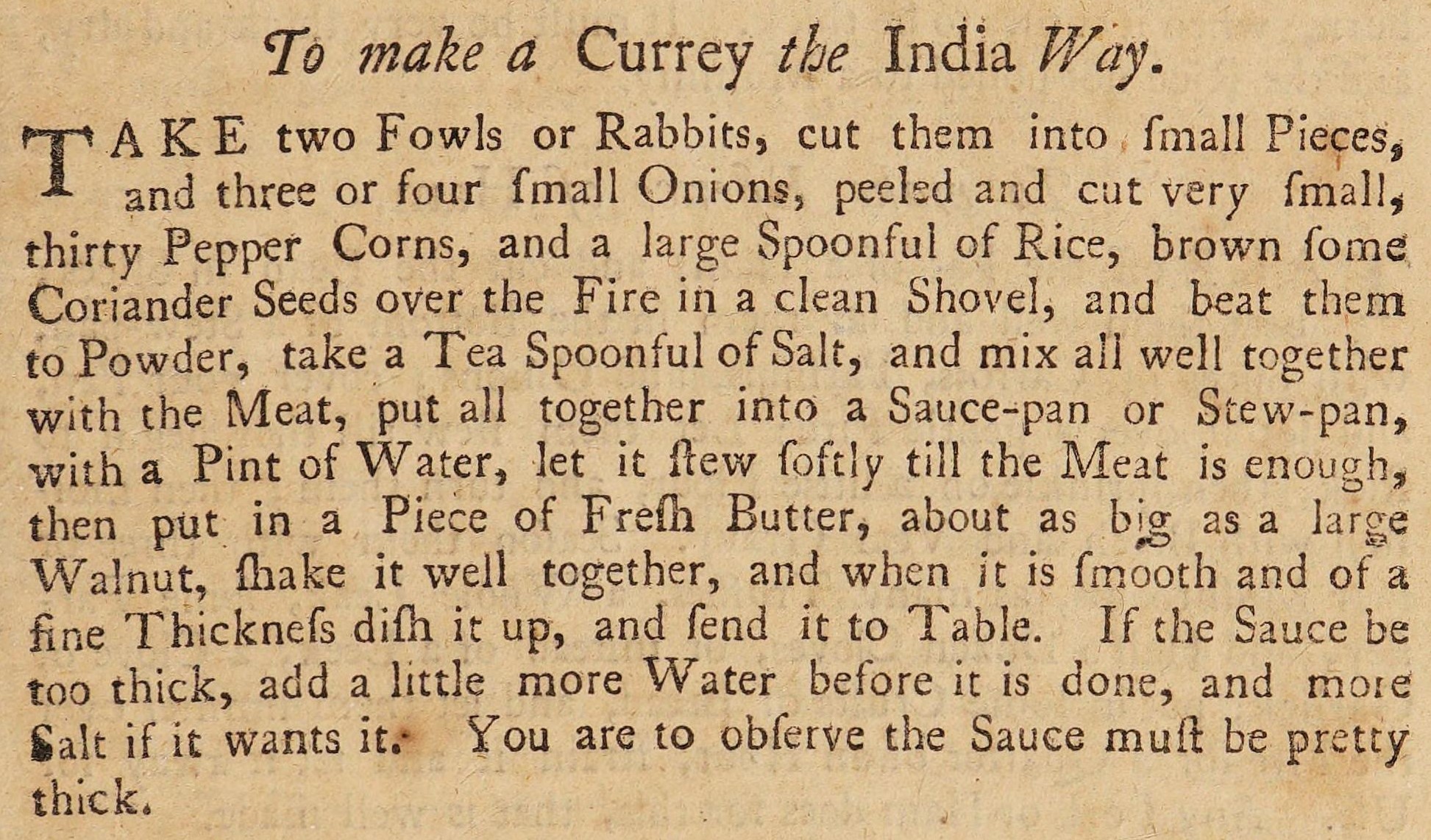|
Nasi Dagang
''Nasi dagang'' ( Jawi: , ; ) is a Malaysian dish consisting of rice steamed in coconut milk, fish curry and extra ingredients such as pickled cucumber and carrots. It is a breakfast food in the states on the East Coast of Peninsular Malaysia (Terengganu, Kelantan, parts of Pahang and eastern Johor), southern Thai Malay provinces of Pattani, Yala and Narathiwat and across the Indonesian border in Natuna and Anambas, Riau Islands. Ingredients Nasi (rice) The combination of fenugreek seeds and coconut milk gives nasi dagang its flavour and fragrance. The rice may first be soaked in water for several hours to soften it. It is then mixed with thick coconut milk, sliced shallots, lemongrass and fenugreek seeds. The rice is steamed until cooked. It may also be steamed twice, where more coconut milk is added when it is half-cooked. Then the rice is steamed again until cooked. This method ensures a more creamy finish to the rice. Kari ikan (fish curry) This accompanying ... [...More Info...] [...Related Items...] OR: [Wikipedia] [Google] [Baidu] |
Terengganu
Terengganu (; Terengganu Malay: ''Tranung'', formerly spelled Trengganu or Tringganu) is a sultanate and States and federal territories of Malaysia, federal state of Malaysia. The state is also known by its Arabic honorific, ''Dāru l-Iman (concept), Īmān'' ("Abode of Faith"). The coastal city of Kuala Terengganu, at the mouth of the Terengganu River, is both the state and royal capital as well as the most populous city in Terengganu. Other major cities and towns include Jerteh, Kuala Dungun, Chukai, Kuala Berang, Marang, Terengganu, Marang, and Bandar Permaisuri, Permaisuri. At in size and a population of over 1.2 million people in 2023, Terengganu is Malaysia's 7th largest state and 10th most populated. Terengganu, along with Kelantan, Perlis, and the Federal Territory of Putrajaya, is one of the most homogeneous states/territories in the country of which 95% of the population are ethnic Terengganuan Malay people, Malay-Muslims with its own distinct language/dialect, cultu ... [...More Info...] [...Related Items...] OR: [Wikipedia] [Google] [Baidu] |
Curry
Curry is a dish with a sauce or gravy seasoned with spices, mainly derived from the interchange of Indian cuisine with European taste in food, starting with the Portuguese, followed by the Dutch and British, and then thoroughly internationalised. Many dishes that would be described as curries in English are found in the native cuisines of countries in Southeast Asia and East Asia. The English word is derived indirectly from some combination of Dravidian words. A first step in the creation of curry was the arrival in India of spicy hot chili peppers, along with other ingredients such as tomatoes and potatoes, part of the Columbian exchange of plants between the Old World and the New World. During the British Raj, Anglo-Indian cuisine developed, leading to Hannah Glasse's 18th century recipe for "currey the India way" in England. Curry was then spread in the 19th century by indentured Indian sugar workers to the Caribbean, and by British traders to Japan. Further exchange ... [...More Info...] [...Related Items...] OR: [Wikipedia] [Google] [Baidu] |
Galangal
Galangal () is a rhizome of plants in the ginger family Zingiberaceae, with culinary and medicinal uses originating in Indonesia. It is one of four species in the genus ''Alpinia'', and is known for its pungent, aromatic flavor. Greater galangal (''Alpinia galanga'') is most commonly used, and is similar to ginger and turmeric. It is native to South Asia and Southeast Asia. Lesser galangal (''Alpinia officinarum'') and other types are also used, though less frequently. In traditional medicine, galangal is used to treat various ailments. It is a common ingredient in Thai, Indonesian, and Malaysian cuisine, and is also used in some traditional Chinese medicine. Differentiation The word ''galangal'', or its variant ''galanga'' or archaically ''galingale'', can refer in common usage to the aromatic rhizome of any of four plant species in the Zingiberaceae (ginger) family, namely: * ''Alpinia galanga'', also called ''greater galangal'', ''lengkuas'', ''Siamese ginger'' or ''laos' ... [...More Info...] [...Related Items...] OR: [Wikipedia] [Google] [Baidu] |
Malay Curry
Curry is a dish with a sauce or gravy seasoned with spices, mainly derived from the interchange of Indian cuisine with European taste in food, starting with the Portuguese, followed by the Dutch and British, and then thoroughly internationalised. Many dishes that would be described as curries in English are found in the native cuisines of countries in Southeast Asia and East Asia. The English word is derived indirectly from some combination of Dravidian words. A first step in the creation of curry was the arrival in India of spicy hot chili peppers, along with other ingredients such as tomatoes and potatoes, part of the Columbian exchange of plants between the Old World and the New World. During the British Raj, Anglo-Indian cuisine developed, leading to Hannah Glasse's 18th century recipe for "currey the India way" in England. Curry was then spread in the 19th century by indentured Indian sugar workers to the Caribbean, and by British traders to Japan. Further exchanges ar ... [...More Info...] [...Related Items...] OR: [Wikipedia] [Google] [Baidu] |
Gulai
Gulai is a type of spiced stew commonly found in the culinary traditions of Indonesia, Malaysia and other parts of Maritime Southeast Asia, including Brunei, Singapore and southern Thailand. Closely associated with both Minangkabau and Malay cuisines, it is characterised by a rich, aromatic sauce made from coconut milk and a blend of ground spices, typically including turmeric, coriander, chilli and other local aromatics. ''Gulai'' is usually prepared with meat, fish, offal or vegetables and is typically served with rice. In English, it is sometimes described as Indonesian curry or Malay curry. The origins of ''gulai'' can be traced to Indian culinary influences introduced through maritime trade routes across the Indian Ocean. Over time, these foreign elements were adapted to local tastes with the incorporation of regional ingredients such as lemongrass, galangal, ginger and candlenut. This fusion gave rise to a distinctive style of curry-like stew in Maritime Southeast As ... [...More Info...] [...Related Items...] OR: [Wikipedia] [Google] [Baidu] |
Cymbopogon
''Cymbopogon'', also known as lemongrass, barbed wire grass, silky heads, oily heads, Cochin grass, Malabar grass, citronella grass or fever grass, is a genus of Asian, African, Australian, and tropical island plants in the Poaceae, grass family. Some species (particularly ''Cymbopogon citratus'') are commonly cultivated as culinary and medicinal herbs because of their scent, resembling that of lemons (''Citrus limon''). The name ''Cymbopogon'' derives from the Greek words (, 'boat') and (, 'beard') "which mean [that] in most species, the hairy spikelets project from boat-shaped spathes." Lemongrass and its oil are believed to possess therapeutic properties. Uses Citronella grass (''Cymbopogon nardus'' and ''Cymbopogon winterianus'') grow to about and have magenta-colored base stems. These species are used for the production of citronella oil, which is used in soaps, as an insect repellent (especially mosquitoes and houseflies) in insect sprays and candles, and aromatherapy ... [...More Info...] [...Related Items...] OR: [Wikipedia] [Google] [Baidu] |
Shallots
The shallot is a cultivar group of the onion. Until 2010, the (French red) shallot was classified as a separate species, ''Allium ascalonicum''. The taxon was synonymized with ''Allium cepa'' (the common onion) in 2010, as the difference was too small to justify a separate species. As part of the onion genus ''Allium'', its close relatives include garlic, scallions, leeks, chives, and the Chinese onion. Etymology and names The names ''scallion'' and ''shallot'' are derived from the Old French ''eschalotte'', by way of ''eschaloigne'', from the Latin ''Ascalōnia caepa'' or Ascalonian onion, a ''Ascalōnia caepa'' or Ascalonian onion, a namesake of the ancient city of Ascalon. The term ''shallot'' is usually applied to the French red shallot (''Allium cepa'' var. ''aggregatum'', or the ''A. cepa'' Aggregatum Group). It is also used for the Persian shallot or ''musir'' (''A. stipitatum'') from the Zagros Mountains in Iran and Iraq, and the French gray shallot ('' Allium oscha ... [...More Info...] [...Related Items...] OR: [Wikipedia] [Google] [Baidu] |
Fenugreek
Fenugreek (; ''Trigonella foenum-graecum'') is an annual plant in the family Fabaceae, with leaves consisting of three small Glossary_of_leaf_morphology#Leaf_and_leaflet_shapes, obovate to oblong leaflets. It is cultivated worldwide as a semiarid crop. Its leaves and seeds are common ingredients in dishes from the Indian subcontinent, and have been used as a culinary ingredient since ancient times. Its use as a food ingredient in small quantities is safe. Although a common dietary supplement, no evidence-based medicine, significant clinical evidence suggests that fenugreek has therapeutic properties. Commonly used in traditional medicine, fenugreek can increase the risk of serious adverse effects, including allergic reactions. History Fenugreek is believed to have been brought into cultivation in the Near East. Which wild strain of the genus ''Trigonella'' gave rise to domesticated fenugreek is uncertain. Charred fenugreek seeds have been recovered from Tell Halal, Iraq (radioc ... [...More Info...] [...Related Items...] OR: [Wikipedia] [Google] [Baidu] |
Nasi Dagang PSU
Nasi may refer to: Food Dishes Nasi Goreng is an Indonesian and Malay word for ''cooked rice'', featured in many Southeast Asian dishes *Nasi goreng, a popular rice dish often simply called ''nasi'' *Other Southeast Asian ''nasi'' dishes: **Nasi ambeng **Nasi bakar **Nasi bogana **Nasi campur **Nasi dagang **Nasi goreng jawa ** Nasi goreng pattaya **Nasi gurih **Nasi jamblang **Nasi kapau **Nasi kari **Nasi kebuli **Nasi kerabu **Nasi kucing **Nasi kuning **Nasi lemak **Nasi lemuni ** Nasi lengko **Nasi liwet **Nasi mandi **Nasi minyak **Nasi padang **Nasi paprik **Nasi pecel **Nasi tempong **Nasi tim **Nasi timbel **Nasi tutug oncom **Nasi tumpang **Nasi tumpeng **Nasi uduk **Nasi ulam Restaurant *Pelita Nasi Kandar, a Malaysian restaurant chain Religion *Nasi (Hebrew title), meaning ''prince'' in Biblical Hebrew and ''president'' in Modern Hebrew *Nasi', an Islamic concept mentioned in the Qur'an People * Nasi Manu, a New Zealand professional rugby player *Nasi (singer), a Braz ... [...More Info...] [...Related Items...] OR: [Wikipedia] [Google] [Baidu] |
Pattani Province
Pattani (, ; , , , ; ) is one of the southern provinces of Thailand. Neighboring provinces are (from southeast clockwise) Narathiwat, Yala, and Songkhla. Its capital is the town of Pattani. Geography Pattani is on the Malay Peninsula, with the coast of the Gulf of Thailand to the north. The south is dominated by the Sankalakhiri mountain range, which includes Budo-Su-ngai Padi National Park, on the border with Yala and Narathiwat. The total forest area is or 5.6 percent of provincial area. National parks There are two national parks, along with three other national parks, make up region 6 (Pattani branch) of Thailand's protected areas. * Budo–Su-ngai Padi National Park, * Namtok Sai Khao National Park, Toponymy The name ''Pattani'' is the Thai adaptation of the Malay name Patani ( Jawi: ڤتاني), which can mean "this beach" in Patani Malay language. (In standard Malay, this would be ''pantai ini''.) According to legend, the founder of Patani went huntin ... [...More Info...] [...Related Items...] OR: [Wikipedia] [Google] [Baidu] |






